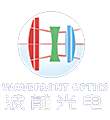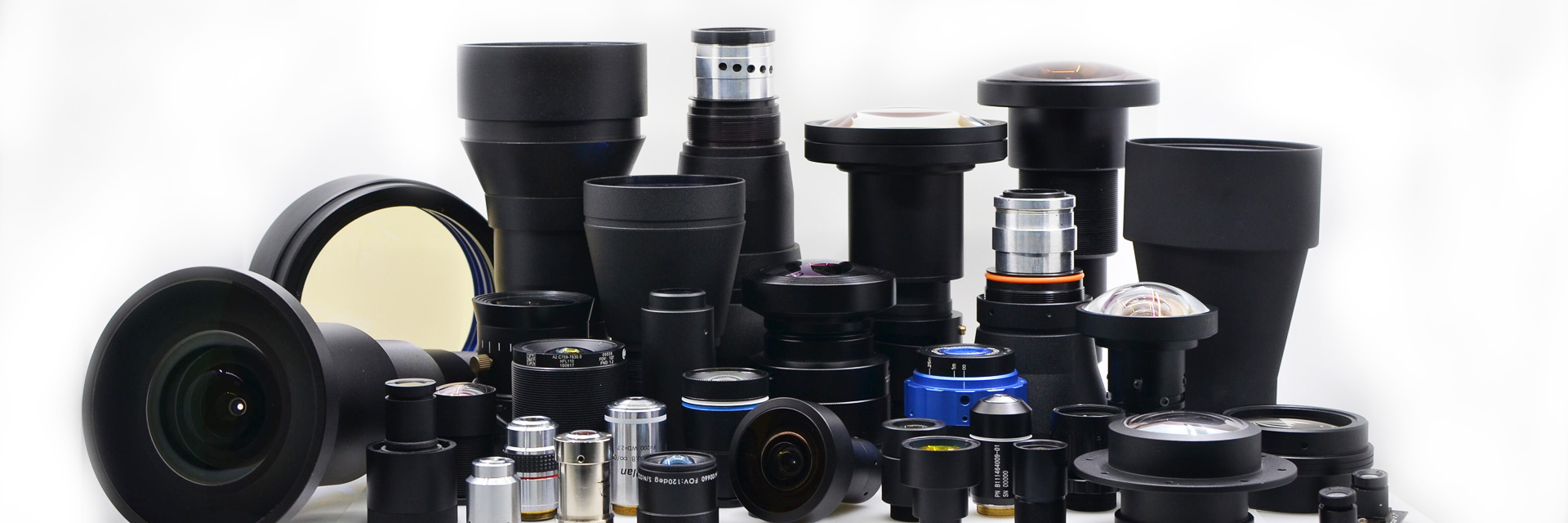
ABOUT WAVEFROHT OPTICS
Founded in December 2010, Nanjing Bozen Optoelectronics Technology Co., Ltd. is a high-tech enterprise integrating optical instruments, optoelectronic instruments, optical components research and development, production, sales and technical services. The founder of the company, Shan Meisheng, graduated from the Department of Optical Instruments of Zhejiang University in 1988 and has been engaged in optical design for 23 years. It has developed more than 50 kinds of lenses.……
As projection becomes an increasingly indispensable element in life, the resolution of projection chips continues to increase, and projection lenses are more and more widely used. For a long time, projector lens products have been monopolized by foreign manufacturers. Wavefront Optoelectronics, as a well-known domestic product designer and manufacturer in the field of projection, has the ability to independently design and manufacture projection lenses. Products are widely used in wide-angle projection and dome projection. field. For the projection lens market, Wavefront Optoelectronics has more targeted research and development, and has formed applications that can be applied to Panasonic, Sanyo, NEC, Christie, Hitachi, Sony, Sharp, Mitsubishi, Epson, InFocus, Lixun, Baolight, Ai The lens series of its, ACTO, Optoma, ASK and other projectors.
Surveillance lens, alias CCTV lens security lens, is used in the security system to match the use of cameras. It is the eye in the security industry. The main function is to collect the reflected light from the photographed object and focus the reflected light on the CCD.
A fisheye lens is a lens with a short focal length and a field of view close to or equal to 180°. It is an extreme wide-angle lens, and "fisheye lens" is its common name. In order to maximize the photographic angle of view of the lens, the front lens of this photographic lens has a short diameter and a parabolic shape protruding toward the front of the lens, which is quite similar to the eyes of a fish, hence the name "fisheye lens", fisheye There are two kinds of lens imaging, one is like other lenses, the image is full of the picture; the other is circular.
The night vision device converts the invisible light (low light or infrared light) signal from the target into an electrical signal, and then amplifies the electrical signal, and converts the electrical signal into an optical signal visible to the human eye. Night vision products use the objective lens to focus the light on the image intensifier to collect and enhance the existing light. Inside the intensifier, a photocathode is "activated" by light and converts photon energy into electrons. These electrons pass through an image intensifier. The electrostatic area located inside the intensifier is accelerated and hits the phosphor surface screen to form an image visible to the human eye.
Near-infrared (SWIR) light is generally defined as light in the wavelength range of 0.9-1.7 μm, but it can also be classified into the wavelength range of 0.7-2.5 μm. Indium gallium arsenide (InGaAs) sensors are the main sensors used in SWIR and can cover typical SWIR bands. Wavefront’s SWIR series lenses are fixed focal length lenses designed for short-wave infrared cameras and infrared applications.
Vehicle-mounted lens refers to the optical lens installed on the car to realize various functions, mainly including internal view lens, rear view lens, front view lens, side view lens, surround view lens, etc. As the main component of the car camera, the car lens market is also developing rapidly.
Scanning lens is divided into f-theta lens and telecentric lens according to the design concept. It belongs to a small aperture and small field of view optical system, which requires a small scanning spot, close to the diffraction limit, and can realize the scanning and focusing of the laser spot. The main technical parameters of the scanning lens are: working wavelength, entrance pupil, scanning range and focusing spot diameter.





